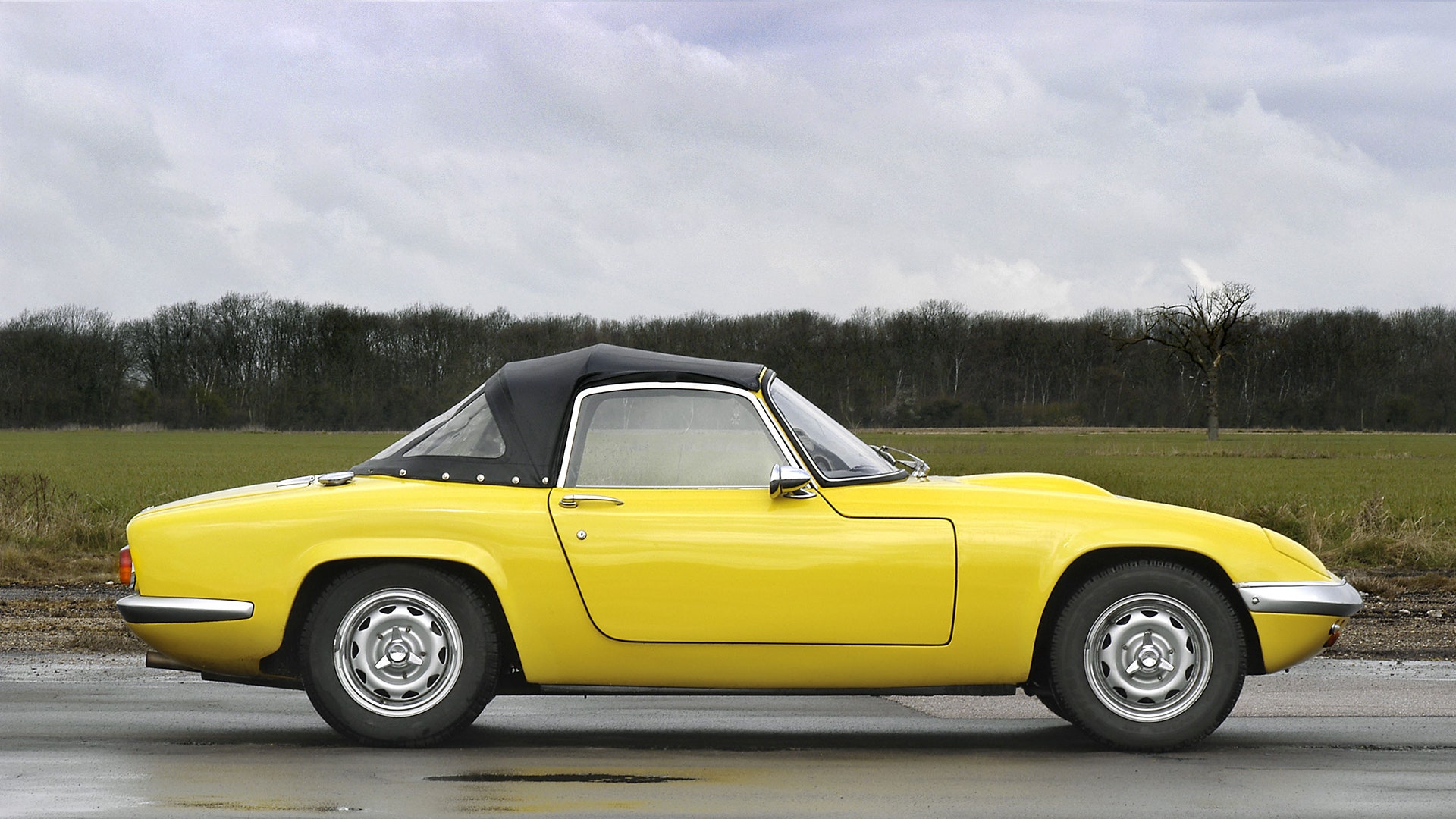Growing up, I was a big fan of American muscle. There was, it seemed, nothing Stone Cold Steve Austin couldn’t fix with a few stunners and a volley of beers launched from ringside.
Even when my worldview developed to reveal that, no, staged acrobatics were not the answer to minor playground – and, later, office – disputes, my interests remained stateside. Posters of sweaty men were replaced with Dodge Challengers doing burnouts and meaty Ford Mustangs galloping across the plains.
And when it came to my newfound fascination with V8 machines, only one statistic mattered: horsepower. A two-tonne kerb weight? Fine – as long as the burbling motor fired more than 400bhp through the rear wheels.
Imagine my horror, then, when I was first introduced to the concept of the power-to-weight ratio. It was around the time that the burly Bugatti Veyron was busy astonishing the world with its 8.0-litre W16 engine, good for almost 1,000bhp and god-knows-what top speed.
A famous motoring show – the name escapes me – ran a Caterham Seven Superlight R500 around its test track and, blowing my supposedly gifted and talented mind, it managed to beat the Veyron by half a second on a cold track. How? The weekend warrior was, give or take a few kilograms, just a quarter of the Bugatti’s weight. I had to have a lie down.
How could horsepower, until then the one true constant in my life, lie to me? The turmoil only worsened in the common room, as some upstart statistician in our Top Trumps group ran the numbers. It was something like 528bhp per tonne for the Caterham versus 523bhp for the Veyron. Impressive, but surely not enough to explain the emphatic victory?
It was then that the moustached spirit of Lotus founder Colin Chapman metaphorically appeared and changed my world forever. “There is a moment,” he may or may not have said, “in every man’s life, when one comes to terms with the truth about horsepower, when one comes to realise that power is nothing without control, a lightweight body and addictively good handling.”
I’m paraphrasing – or inventing, I can’t remember – but the effect on my little automotive world was enormous. Just as many learn to pretend they don’t like wrestling, so I entered a new stage in life – a stage where big-block Americans seemed bloated and excessive and zippy European roadsters were all I wanted. It was as if someone had lifted a red, white and blue filter from my vision and sent me tumbling through a wormhole on a floaty road of A110s, Sevens and MX-5s.
And it’s why, given a free choice and some usable garage space, I’d pick a Lotus Elan in a heartbeat. Available for the cost of a top-spec hatchback today – or less in +2 guise – there is, quite simply, no lovelier example of the lithe, low-power sports car than this Sixties classic. It’s about as far as you can get from a wild horse and, years on from my statistical awakening, that’s a very good thing.
See, while its 1.6-litre twin cam engine puts out a scant 100bhp (or thereabouts, depending on the series), on the road it turns like nothing else – largely because, wrapped in glass fibre and built around a new-for-1962 backbone chassis, it weighs less than 700kg.
Launched just two years before Ford unleashed the Mustang on the world, it followed Chapman’s featherweight ideology to the letter. There’s fizz, of course, but the thing that truly changes you is the nimble, pliant handling; the haptic steering; the feeling of being man and machine as one, even when you’re only doing the speed limit and spent more than eight seconds getting there.
Petite and understated – words that don’t feature in the muscle car dictionary – the bonny Brit dances like a butterfly, gives more instant feedback than a sports analyst and never stings. Except, perhaps, with a repair bill.
In fact, so light and agile is the little Elan, it’s almost ethereal. Drive one today and you’ll feel like you’re skimming the ground, especially if you’ve stepped out of, well, almost any modern car – let alone a beefy American one.
Of course, just as you can bet a cruiserweight would be crushed in a fight against a 300lb giant, so the Elan would be left for dust by any V8 coupé, current or classic. But when it comes to the sprightly stuff, the fleet-footed set pieces, I know which one I’d back.
In truth, I’ll always secretly want a Mustang but, then, I’ll always secretly want to be Stone Cold Steve Austin. Some things are better left unrealised and, for sheer driving pleasure, horsepower be damned, there’s nothing better than an Elan. And that’s the bottom line.
Read more:
How the humble Mini became a very British legend
Eight outrageous car wings that prove downforce is sexy
Mazda's MX-5 at 30: the story of history’s greatest roadster
